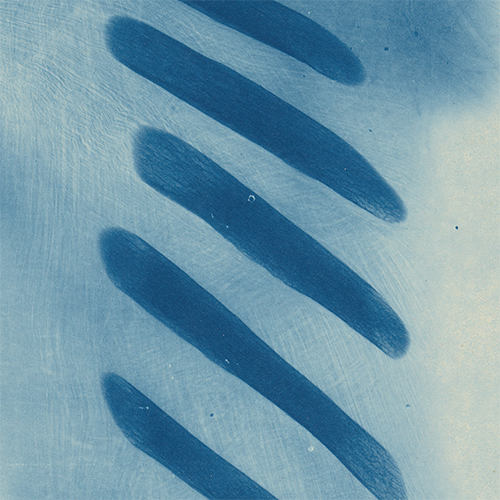Black and Blue: Revelations in Harold Mahoney’s X-rayed Anatomical Sections
DOI:
https://doi.org/10.52476/trb.9603Abstract
Approximately ninety cyanotypes and negatives depicting interior views of the human body – among the most obscure works in the art world – are now in the Rijksmuseum Photography Collection. They have no established provenance, production or creator, and without these factors, interpretations for the last thirty years have resulted in speculations. By examining an original negative and print, aided by research in X-ray history, this study uncovered the missing information.
Harold Mahoney, a Chicago-based X-ray technician and an academically trained artist of the early twentieth century, was the original creator of the negatives. With his radiographic process, he managed to capture detailed soft tissue and bone in the same image on film, decades before computerized tomography scans.
Art museums around the world have until now emphasized the universal humanness in the cyanotypes, as the social identity and context were unknown. This research has brought a racial identity to the series through a surviving photograph of a subject that Mahoney chose to supplement his published study. The racial core that appears from beneath the X-rays creates an interpretive framework for an American narrative about this photographic series, resonating with the historical and contemporary need for Black visibility and value. With new social inequities discovered in the cyanotypes that could complicate exhibition, this study also suggests an approach for museums to welcome a Black reclamation of the narrative. This research establishes the provenance and foundational analysis for the series that has fascinated museums and collectors for three decades.
Downloads







